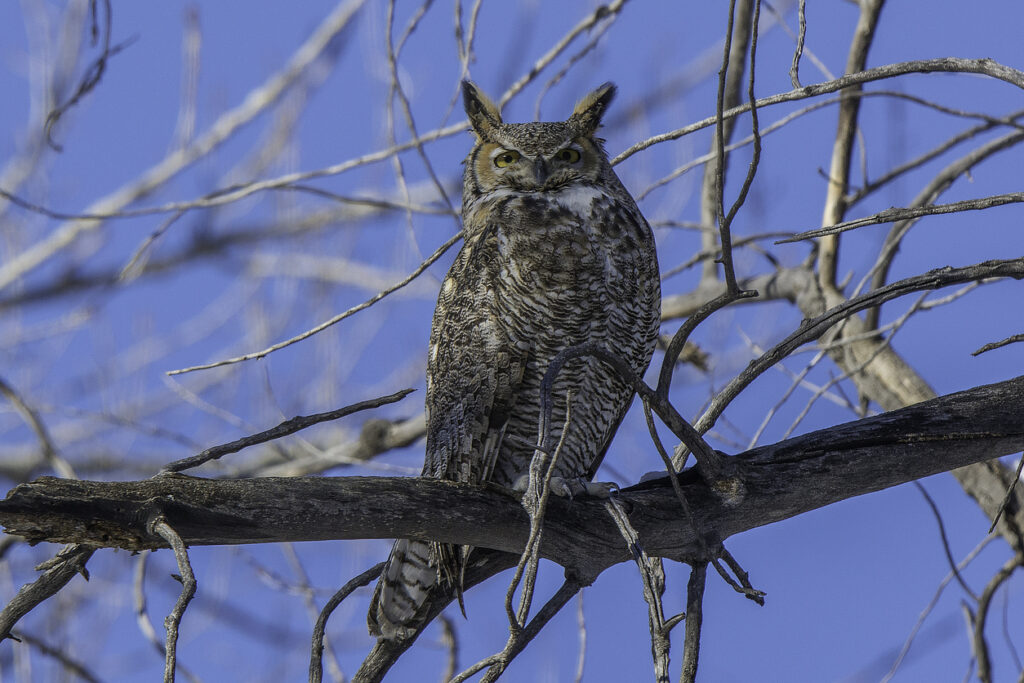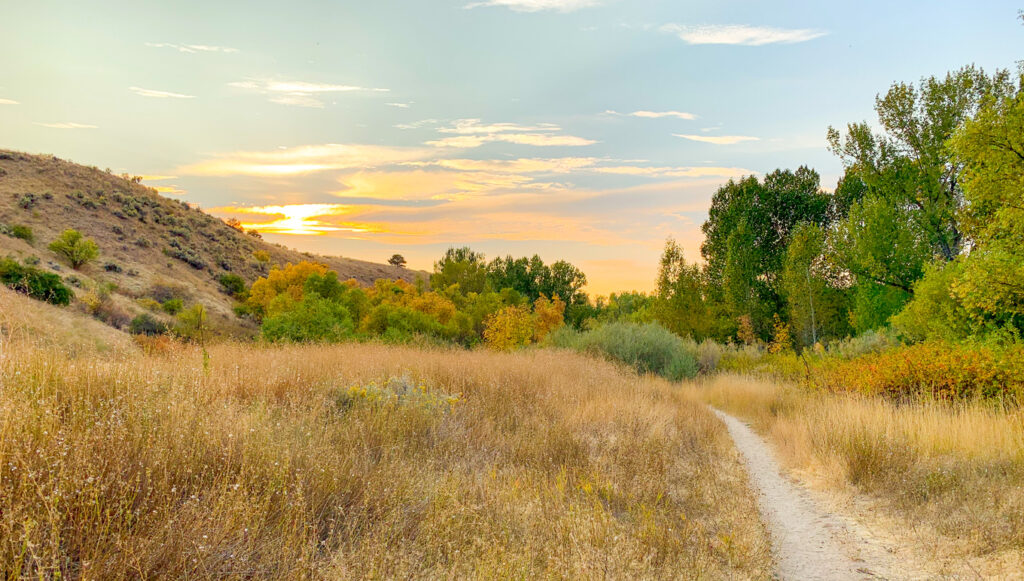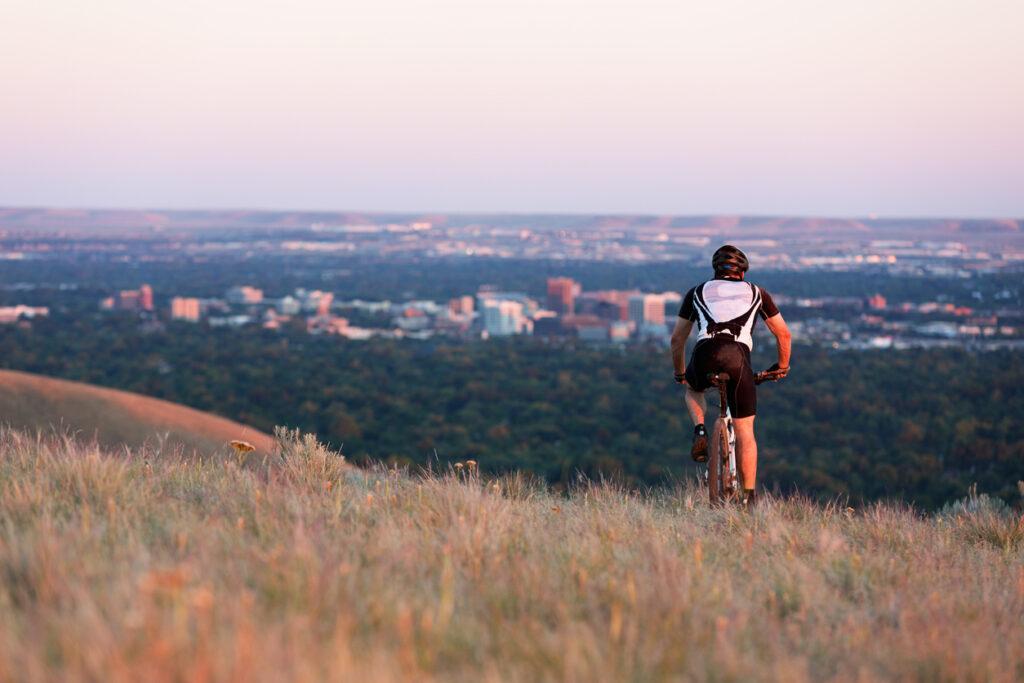If you asked a Boise local to pick their favorite spot in the city, you’d likely hear a range of answers, but the Boise Foothills would undoubtedly be a common choice. These rolling, high desert hills offer more than just scenic beauty; they are a cherished natural refuge and a testament to Boise’s rich history and commitment to conservation. From a variety of different vantage points, the view of the foothills never gets old. Through every season, at any time of day, the view of the Boise Foothills takes your breath away. The foothills that make up the Boise Front Range are unquestionably one of the best parts of our city.
A Unique Urban Oasis

The Boise Foothills are a striking feature of our city, comprising over 80,000 acres of protected land that blend seamlessly with urban life. It’s a rarity for a metropolitan area to have such a vast natural playground at its doorstep offering unlimited recreational opportunities. From downtown Boise, you can reach a trailhead in mere minutes, whether you’re on foot, bike, or driving.
Much of the year, the foothills appear brown and dry and may seem unimpressive, but those of us who call Boise home know better. We witness the magical transformation of the foothills with the seasons— from the fresh green of spring, to the golden hues of summer mornings, the vibrant colors of autumn, and the serene, snow-dusted landscapes of winter. The Boise Foothills are special to many in Boise, and have been for a long period of time.
A Sacred Place with Deep Roots

Long before Boise was established, the valley was home to the Shoshone, Bannock, and Northern Paiute tribes. These tribes gathered in the valley, especially around Eagle Rock and Table Rock, which remain significant to this day. These areas were important to Indigenous Peoples and tribes would gather at an outcropping of rocks that jetted out and touched the sky. At that time, geothermal hot springs once bubbled into small creeks in these areas and were used for spiritual and healing purposes by Indigenous Peoples and later by Oregon Trail travelers.
In 2019, efforts to honor this rich Indigenous history led to the renaming of Castle Rock Reserve to Chief Eagle Eye Reserve and the park area to Eagle Rock Park. This renaming, along with the reintroduction of over 3,000 native plants, symbolizes the ongoing respect and recognition of the land’s spiritual significance. Today, Table Rock is adorned with a massive glowing cross, which has had a controversial history, but also marks a spot of Indigenous ancestors that remain in the earth of the Eagle Rock and Table Rock areas that were used as major burial sites for tribes long before Euro-Americans set foot on the continent.
A Haven for Wildlife

The foothills are more than just a scenic backdrop; they are a vital habitat for a diverse array of wildlife. Over 300 animal species call the Boise Front home, from mule deer and elk to coyotes, red fox, and numerous bird species. The Boise River Wildlife Management Area oversees these lands, ensuring that both resident and migratory animals have a safe haven.
Birdwatchers delight in the foothills, where they can spot Great Horned Owls, Red-tailed Hawks, and many other species. The foothills are also home to reptiles like the Western Rattlesnake and the Pacific Chorus Frog, as well as unique plants such as Aase’s onion and Arrowleaf balsamroot.
The Birth of an Urban Refuge

The Boise Foothills’ trail system is the result of dedicated efforts by local citizens and organizations. In the early 20th century, the foothills were primarily used for grazing, which damaged the natural habitat. By the mid-1900s, developers sought to convert these lands into residential areas. However, a significant turning point came in 1959 when a fire followed by torrential rains caused massive mudslides, reshaping public perception about the suitability of the foothills for development.
In the late 1980s, Boise residents formed the Boise Front Coalition, envisioning a trail system that would promote recreation, connect neighborhoods, and protect the environment. This vision materialized into the Ridge to Rivers trail system, officially established in 1992 through a partnership between the City of Boise, Ada County, the Bureau of Land Management, the Boise National Forest, and the Idaho Department of Fish and Game.
A Thriving Trail System

The Ridge to Rivers trail system has grown from 12 miles of motorized trails to over 210 miles of multi-use trails. This extensive network connects more than 85,000 acres of land, providing endless opportunities for hiking, biking, and wildlife watching. Thanks to the efforts of Boise residents and the support of various levies, this trail system continues to expand, preserving the natural beauty of the foothills for future generations.
Appreciating Our Surroundings

Next time you find yourself gazing at the Boise Foothills or exploring one of its many trails, take a moment to appreciate the rich history and natural splendor of this unique urban oasis. The Ridge to Rivers trail system is a testament to our community’s dedication to preserving Boise’s natural heritage. Take time to appreciate the amazing foothills we get to enjoy right here in Boise.

